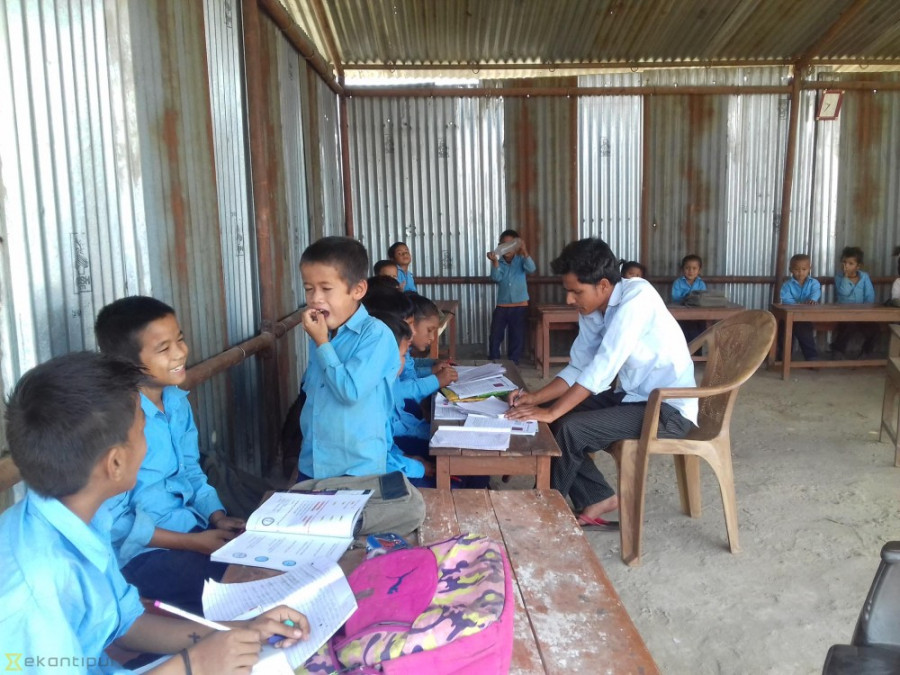Editorial
The local units will decide which schools should get state grants, not the president
Office of the President is envisioned to have a largely ceremonial role, not an executive one.
In September last year, the Municipal Association of Nepal and the National Association of Rural Municipalities in Nepal, the umbrella bodies of local governments, had gone to the prime minister to complain that the federal government was reluctant to declutch the education sector from its hold. Schedule 8 of the constitution explicitly ensures that local governments have the authority to manage school-level education, but the federal and local governments have been on a collision course with each other ever since state restructuring sought to decentralise power.
The latest episode in this series is that the government has drafted an implementation work plan for the education reform programme. This document bestows exclusive authority on the president to select the government schools that will receive grants. There are 29,000 government schools in the country providing basic education. If this work plan, which was approved by the cabinet earlier this week, is anything to go by, schools chosen by the president will be eligible for government largesse without even evaluating their needs. This is worrisome because it is beyond the constitutional limit.
Out of the Rs5 billion budget allocated for the president's educational reform programme for this fiscal year, Rs1.7 billion has already been sent to the local level to purchase sanitary pads for school girls. The remaining Rs3.3 billion is to be spent through the education reform programme at the behest of the president. But that prerogative should have been of the local government, not the federal government. Similarly, teacher management had become a contentious issue some months ago for the federal and local governments because officials in Kathmandu didn’t want to give up their authority.
Article 30 (2) of the constitution gives every citizen the right to receive free, and compulsory, education up to the basic level (till grade 8) and free education up to the secondary level (grade 12) from the state. But nowhere does it mention that the president must be involved directly in providing grants to public schools. Such an arrangement hurts the spirit of federalism and attracts unwanted attention to the Office of the President, which is envisioned to have a largely ceremonial role, not an executive one.
Institutionalising federalism was a commendable feat for the Nepali people. But after doing so, its implementation will be as important. Otherwise, the notion of devolving power will cease to be practised in reality. The provinces must rightly exercise their autonomy that the centre is reluctant to hand over.
We decided to adopt a federal system because it was acknowledged that power had long been concentrated at Singha Durbar—the main administrative building in the country. Yet, more than two years on, there has been little change on the ground. The federal government must get out of its centralist mindset and let the local units decide which schools are most in need of a grant. Money cannot be doled out in an arbitrary manner without properly assessing the school’s requirements. And it definitely can’t be done solely at the president’s discretion.




 12.12°C Kathmandu
12.12°C Kathmandu














